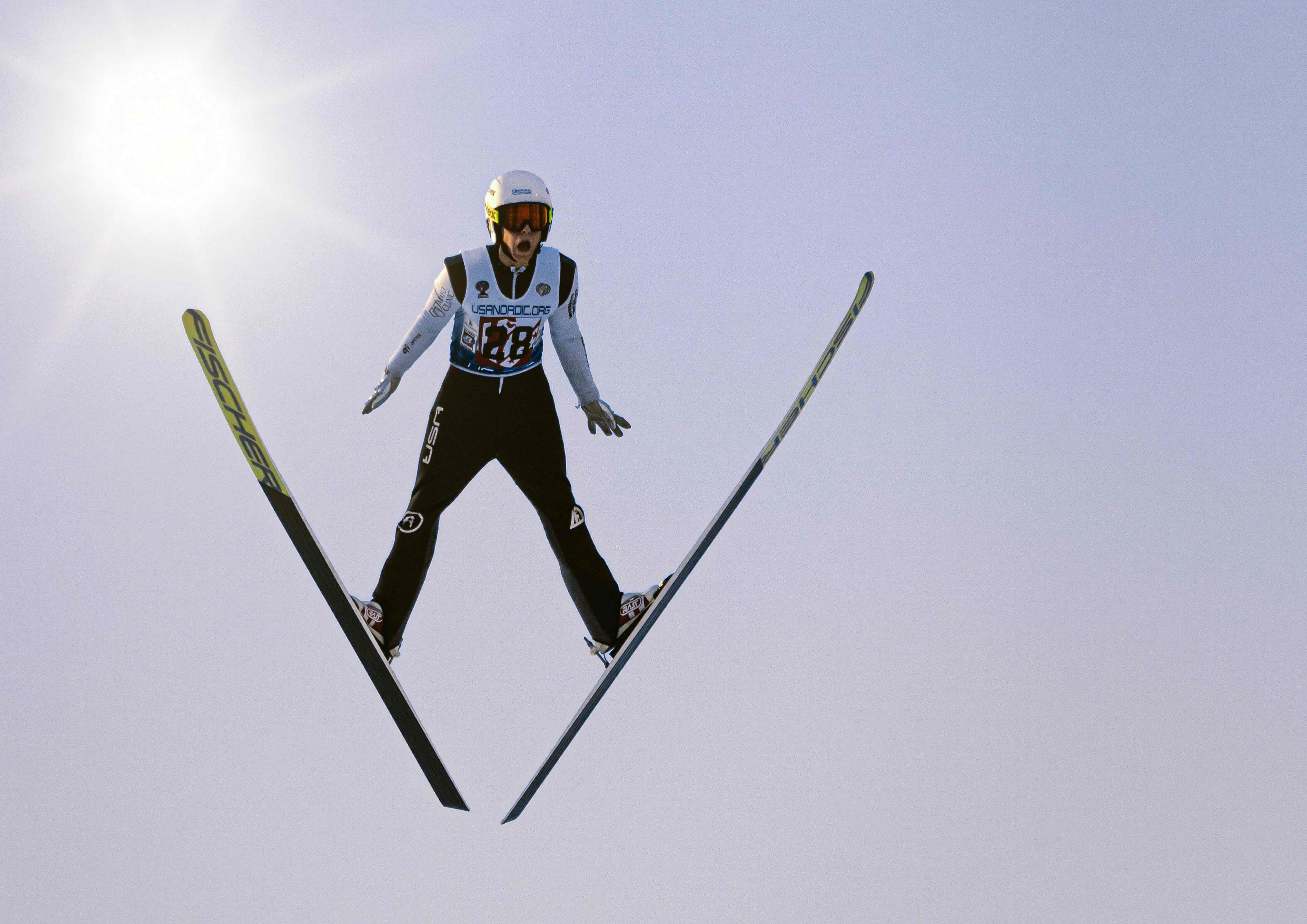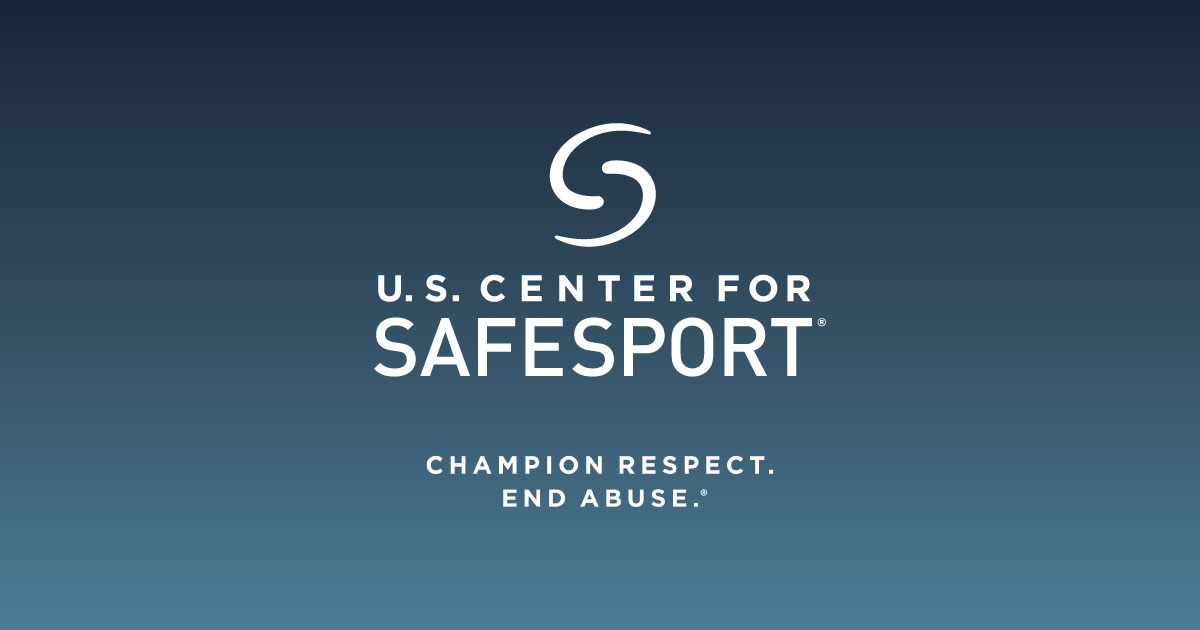
As the Program and Partnerships Director at #WeRideTogether, a non-profit dedicated to eliminating sexual abuse in sports, I found the recent Senate and House Hearings on safety in athletics concerningly missed key points. What is most needed (and most absent) is the focus on creating cultures, environments, and practices that make it more difficult for abuse to occur.
Parents drop their kids off at practice and trust that their children are safe when participating in sports. The reality is that more than 50% of athletes experience abuse in sports, and the perpetrators are not strangers. 90% of victims know their abuser. Daily headlines chronicle abuse, grooming, and hazing that plague and endanger our athletes across every level of sport.
We see similar struggles in schools, with child entertainers, across the hospitality industry, in our workplaces, and even in chess. Abuse can happen anywhere, making prevention, accountability, and oversight essential. Have we stopped and asked who is taking action to ensure participants are safe from harm? Who is responsible for safeguarding our athletes?
We know that abuse is an uncomfortable topic. Often, we turn a blind eye, brush incidents under the rug, or believe and assume that others are handling it. Societally, sexual abuse is a costly public health issue. The estimated per-victim lifetime cost of rape is $122,461, and the annual economic impact of child sexual abuse is approximately $9.3 billion in the United States. And now we see schools, sporting organizations, and other entities facing lawsuits due to a failure to supervise and protect.
In sports, we can’t fathom that it would happen to our kid, or on our team, or with our coach. Yet the stage is set. Athletes and survivors face victim shaming and blaming combined with pressures from parents, as well as train and compete constantly in highly aspirational and tight-knit environments with power imbalances, blurred boundaries, and team dynamics at play. With sporting cultures centered around making money, high performance and winning, excusing abusive coaching practices, and lack of consequences for perpetrators, we must be mindful of abuse.
We are led to assume that SafeSport, National Governing Bodies (NGBs) in sports, grassroots sporting organizations, Title IX, and law enforcement handle safeguarding. This is false and not comprehensive.
There are over 27 million children who play sports in the United States. SafeSport, which focuses primarily on investigation and disciplinary proceedings, only applies to the 11 million individuals (minors and adults) throughout the U.S. Olympic and Paralympic Movement. That leaves well over 16 million children (ages 6-17) with limited, if any, oversight. SafeSport does provide educational training (mostly for a fee) and to date has trained 2 million of its community. Only seven years in the making, SafeSport currently faces critiques regarding its lack of communication, transparency, trust, timeliness, and trauma sensitivity.
Many NGBs rely solely on SafeSport, thinking the entity will handle issues with misconduct and that their training is enough to combat the endemic problem of misconduct and abuse in sports. We have seen since SafeSport’s inception that this is insufficient. NGBs are positioned to provide resources and offerings to their members, especially regarding safeguarding and abuse prevention. The caveat — NGBs must reorganize and staff appropriately to address this issue competently and effectively. Meanwhile, NGBs face increased insurance costs to address sexual misconduct, which in turn can trickle down to increased membership fees.
Problematically, there are entanglements with funding between NGBs and SafeSport. This lack of independent funding can disincentivize reporting and can lead to associations separating from NGBs to avoid SafeSport requirements. This leaves more individuals underserved and creates easier access for perpetrators. Lastly, there are difficulties with administrative closures set by SafeSport that can lead to problems for NBGs in maintaining safety in their communities and preserving positive athlete perceptions on reporting.
Grassroots organizations and sporting communities outside of the SafeSport umbrella, such as cheerleading and dance, are left to their own devices regarding safeguarding efforts. This is because universal standards and industry-wide, effective prevention, awareness, education, and resources are not accessible to all athletes.
There are many nonprofit organizations dedicated to the issue of sexual misconduct, as well as many researchers and academic institutions that have advanced knowledge on the subject matter that need to reach athletic spaces in tangible, actionable formats. However, prevention is underfunded, limiting effective and expansive growth in these spaces. In 2023 U.S. Congress allocated $3 million for child sexual abuse prevention research while spending $5.4 billion annually to incarcerate adults convicted of sexual abuse. Compounding the problem, these stakeholders across the sport and prevention spaces are siloed, not communicating or working together to address the issue.
Moreover, the conversation demands a greater understanding of repeat and serial offenders, a focus on combating barriers to reporting, and tangible applications of what it means to be trauma-informed. Background checks and checking the SafeSport database are foundational and a great start, but not foolproof. Due to a lack of judicial outcomes, perpetrators often do not have a record. The criminal justice system itself is overburdened, has a lack of outcomes, can be retraumatizing, and there is a lack of tangible evidence of this crime. Only twenty-five out of every thousand perpetrators are incarcerated. Assailants can relocate to other spaces easily, and once an offender's time is up on the Centralized Disciplinary Database they are removed. We strongly recommend greater due diligence in ascertaining information about the employment history of staff.
Regardless of SafeSport's jurisdiction and funding changes, their focus is on investigation and disciplinary proceedings, not prevention. This proactive prevention is most commonly missed during these discussions and arguably is the most important. Think preventative medicine – this model has been proven. It's about creating conditions and safe and healthy cultures in sport and in our systems that are hostile for predators, not for survivors and athletes.
Most importantly, this discussion is paramount to preserving the longevity and sustainability of all sports. The safety and health of athletes must be prioritized to support participation rates. We know that sports bring tremendous value and benefits. Most importantly, athletes want to have fun and be treated with respect. This is not about creating a centralized government that micromanages every t-ball team. It is about bolstering prevention through education on safe and healthy interactions and creating hostile environments for predators until perpetration stops.
With this analysis, #WeRideTogether offers services FREE of charge to all athletic communities. We provide evidence-based, trauma-informed, palatable, and tangible education, awareness, and best practices to promote safe and healthy interactions tailored to each unique sporting space. USRowing, a leader in safeguarding, has made #WeRideTogether its official safeguarding partner. The NGB has embedded our materials into their comprehensive safeguarding to better protect and instill positive change within rowing communities. USRowing now has additional educational modules, content, and resources for their members and participants in various formats and mediums, including in-person and direct-to-parents, athletes, coaches, staff training, and support at regattas and other touchpoints.
We encourage all NGBS and sporting organizations to get ahead of and on top of the ball by adding #WeRideTogether to their safeguarding initiatives. We all have a role to play in safeguarding our sports.
Kathryn McClain, MSW, MBA
Program and Partnerships Director at #WeRideTogether



-min.jpg)
